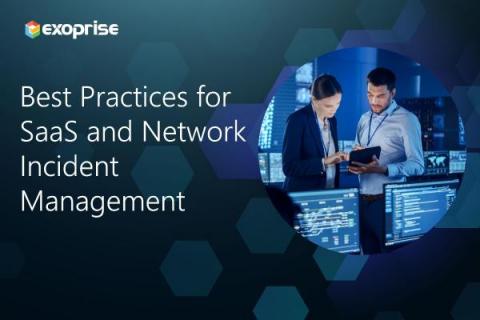Operations | Monitoring | ITSM | DevOps | Cloud
Incident Management
The latest News and Information on Incident Management, On-Call, Incident Response and related technologies.
Demo Roundup: PagerDuty Operations Cloud for Kubernetes
Kubernetes Incident Management Best Practices
Creating just any infrastructure on Kubernetes is not enough. There are so many basic configurations you could apply and create the infrastructure for your application for the time being and it might work just fine. The incident responses won’t always remain 100% reliable. You will run into newer potholes, and that’s okay.
Understanding Blameless Postmortems
Progress often accompanies unforeseen challenges and mishaps in organizations. Traditionally, these setbacks resulted in pointing fingers, hindering progress, and creating a negative work atmosphere. However, a "Blameless Postmortems" approach transforms how organizations respond to failure. In this blog, we will delve into the importance of cultivating a blameless postrmortem culture when faced with setbacks.
Transnetyx Case Study: Using BigPanda Starter Pack for a 96% email alert reduction within weeks
Transnetyx is an automated genotyping company dedicated to providing biomedical researchers with faster, easier, and more accurate results worldwide.
Introducing Squadcast's Key Based Deduplication
Best Practices for SaaS and Network Incident Management
Computer and network systems have (obviously) become vital to business operations. Occasionally, there are SaaS or network incidents and these systems do not operate as needed. Enterprises want to minimize the potential damage and get their systems back online ASAP. Integrated incident management and a strong End User Experience Management (EUEM) platform that provides synthetic and real-user monitoring is a foundation for meeting that objective.
Why you need an internal status page
When we launched incident.io Status Pages a few months ago, we stressed the importance of communicating clearly with your customers about ongoing issues. To help with this, we spent a lot of time carefully designing a status page that’s easy to understand for everyone - whether they come from a technical background, work in a different area, or just want to get on with their day.
Trending: Automation in I&O Optimization according to the Gartner 2023 Hype Cycle
In this blog, we take you through the latest trends in I&O optimization as Gartner’s report Hype Cycle for I&O Automation, 2023 predicts the widespread adoption of automated tools supporting IT infrastructure. This blog focuses on tools—like OnPage’s incident alert management solution—likely to be widely adopted as a standard for I&O optimization in the near future.











